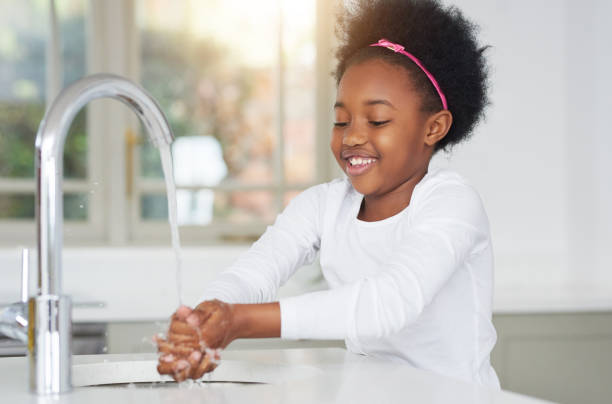- Empty cart.
- Continue Shopping
The Importance of Hand Hygiene for Kids

Hand hygiene is a simple yet powerful tool in maintaining good health, and its importance cannot be overstated—especially for kids. Children are naturally curious, exploring the world around them, often without considering the germs they may encounter. We aim to shed light on the significance of hand hygiene for kids, offering practical tips and multiple perspectives on how to instill this crucial habit.
Why Hand Hygiene Matters for Kids
Children are more susceptible to illnesses for several reasons. Their immune systems are still developing, and their natural curiosity often leads them to touch surfaces that may be contaminated. Schools and playgrounds are hotspots for germs, making hand hygiene an essential line of defense against illnesses like the common cold, flu, and gastrointestinal infections.
Key Moments for Handwashing
Before Eating
Kids should always wash their hands before eating to avoid ingesting any germs they’ve picked up during play or other activities.
After Using the Restroom
This is a non-negotiable moment for handwashing, as failing to do so can lead to the spread of harmful bacteria.
After Playing Outdoors
Outdoor play often involves touching dirt, plants, and playground equipment, all of which can harbor germs.
Practical Tips for Parents
Make It Fun
Turn handwashing into a game or sing a song to make the process more enjoyable for your child. The “Happy Birthday” song sung twice is approximately the 20-second handwashing time recommended by health experts.
Use Kid-Friendly Soap
Soaps with fun shapes, colors, or characters can make handwashing more appealing to kids.
Lead by Example
Children are more likely to adopt good habits when they see adults practicing them. Make sure to wash your hands regularly and make it a family activity whenever possible.
Multiple Perspectives: Different Approaches to Hand Hygiene
School Programs
Some schools have hand hygiene programs that educate children on the importance of handwashing. These programs often use interactive activities and visual aids to make the learning process engaging.
Technology Aids
There are various apps and gadgets designed to promote hand hygiene among kids. For example, some faucets come with built-in timers that help children wash their hands for the recommended 20 seconds.
Traditional Methods
Sometimes, the traditional approach works best. Simple reminders and the use of regular soap and water can be just as effective in promoting hand hygiene.
The Role of Hand Sanitizer
While soap and water are the gold standards for hand hygiene, hand sanitizers can be a convenient alternative when these aren’t available. Opt for sanitizers with at least 60% alcohol and teach your child the proper technique for using them.
Conclusion
Hand hygiene is a crucial habit that can protect your child from various illnesses. By making handwashing a fun and routine activity, you can set the foundation for a lifetime of good hygiene practices. Whether you opt for school programs, tech aids, or traditional methods, the key is to make hand hygiene a priority in your child’s daily life.








